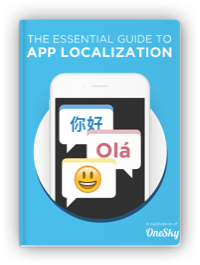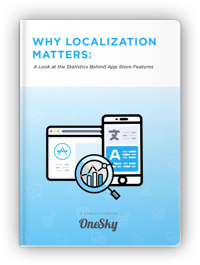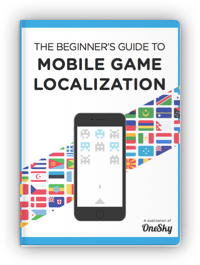3 Key Challenges in B2B Multilingual Marketing (and how to overcome them)
Imagine this: A potential client in France stumbles upon your website. They’re interested in your product but quickly leave after realizing all your content is in English. Now imagine the same scenario in China, Spain, or Brazil. You’re losing potential customers, and it’s not because your product isn’t good — it’s because you’re not speaking their language. Research shows 65% of global consumers prefer content in their native language, even if the translation is imperfect. For B2B companies wanting global expansion, B2B multilingual marketing isn’t a luxury anymore — it’s a business necessity. But executing it effectively comes with challenges.
What are these challenges? From creating a cohesive multilingual strategy to tackling SEO nuances and maintaining quality at scale, these roadblocks can hinder even the most ambitious companies. Without the right approach, your brand risks falling behind competitors who prioritize multilingual content.
In this blog, we’ll explore 3 key challenges in B2B multilingual marketing. But we won’t stop there. After identifying each challenge, we’ll follow-up with actionable solutions. This way your company has the insights and tools needed to elevate your B2B multilingual marketing efforts in 2025 and beyond.
Challenge 1: Lack of a Multilingual Content Strategy
Most B2B companies dive into B2B multilingual marketing without a clear strategy. They translate a few landing pages or blog posts and hope for results. This ad-hoc approach often leads to inconsistent messaging, inefficient workflows, and missed opportunities.
Why It Matters:
- 25% of B2B marketers admit that a lack of strategy hampers their efforts.
- Brands that invest in multilingual content see a 1.5x increase in revenue.
Solution: Develop a comprehensive B2B multilingual marketing strategy for your company.
Here’s how:
- Centralize Content Management: Use a Translation Management System (TMS) like OneSky to streamline workflows. A TMS ensures consistency across all languages and reduces redundancy by leveraging translation memory.
- Define Goals: Identify which regions and languages align with your business objectives. Prioritize high-ROI markets and expand from there.
- Localize, Don’t Just Translate: Tailor content to cultural nuances. For instance, a humorous tagline in English like “Think Outside the Bun’ (used by Taco Bell) might not resonate in Japan, where humor is often subtler and focuses on tradition or family values. Proper localization ensures your message feels authentic.
- Measure Success: Use analytics to track engagement, conversions, and ROI for multilingual content. Adjust your strategy based on performance.
Challenge 2: SEO Challenges for Multilingual Websites
Multilingual SEO isn’t just about translating keywords. It involves adapting your website for search engines in multiple languages and regions, each with unique user behaviors and algorithms.
Why It Matters:
- Without proper hreflang tags, search engines might show the wrong language version to users.
- Regional-specific keywords can drastically improve visibility and traffic.
Solution:
- Optimize for Regional Keywords: Conduct keyword research specific to each target region. For example, “customer support” in the US might translate to “customer service” in the UK or a completely different term in Spain.
- Implement Hreflang Tags: These tags signal search engines which language version of a page to display for specific regions, preventing duplicate content penalties and improving user experience.
- Use Multilingual Analytics: Tools like Google Analytics help track how different language versions of your site are performing. Use GA to go deeper into bounce rates, session duration, and conversions. Off of this data, optimize further.
- Structure Your URLs Correctly: Use subdirectories (e.g., yoursite.com/es/) or subdomains (e.g., es.yoursite.com) to separate languages. Avoid mixing languages on the same page.
Stat to Back It Up: Businesses investing in multilingual SEO report a 47% increase in organic traffic from target regions.
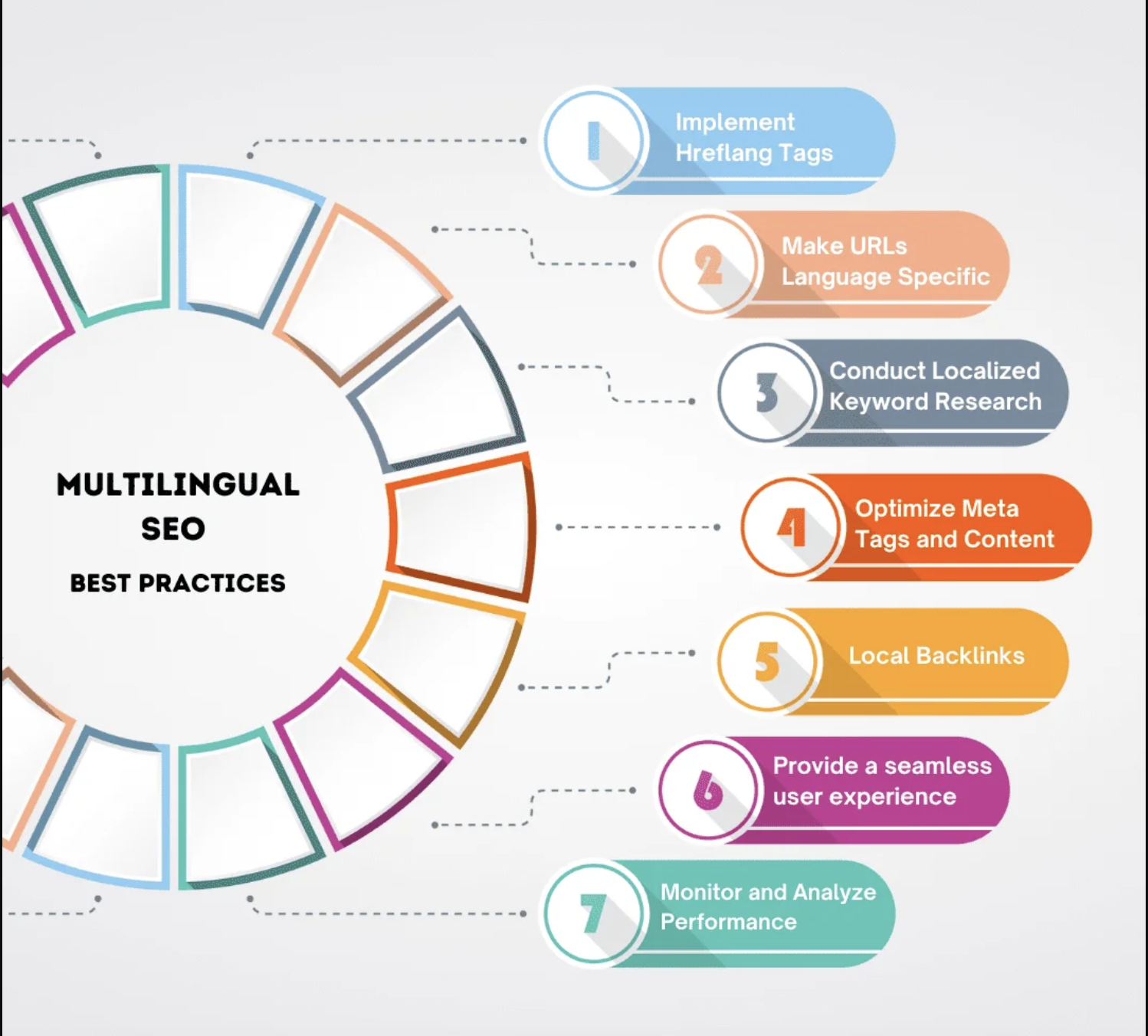
Resource: SEOInventiv
Challenge 3: Scaling Multilingual Efforts Without Sacrificing Quality
As your business grows, so will the demand for multilingual content. This is a normal development of business growth. But maintaining quality at scale is no small feat. Poorly translated content can erode trust, damage your brand, and eventually hurt your revenue.
Why It Matters:
- 71% of surveyed consumers reported that native language support is important for product promotion.
- Loss of brand voice during translation can alienate your audience.
Solution:
- Adopt a Hybrid Translation Model: AI translation + human post-editing is the future of translation. Why? AI tools like OneSky’s CoFluent AI use multiple LLMs and AI agents to handle large volumes quickly, while human reviewers ensure cultural relevance and accuracy. It’s the best of all worlds.
- Focus on Quality Assurance: Implement rigorous QA processes for translations. Use glossaries, style guides, and automated checks to maintain consistency.
- Leverage Translation Memory: This tool stores previously translated content, reducing costs and improving consistency over time.
- Use Scalable Tools: Platforms like OneSky can manage multiple projects simultaneously, ensuring you’re ready to scale without compromising quality.
Why It Works: AI reduces translation costs by 75% (even up to 99% in one study), while human oversight ensures brand integrity and audience resonance.
Additional Challenges
While this blog focuses on the 3 key challenges in B2B multilingual marketing, there are a few others worth mentioning. Although not comprehensive, this list highlights some additional challenges and solutions.
- Difficulty Measuring Multilingual Content ROI
- Many companies struggle to quantify the impact of their multilingual efforts. This is where analytics tools can help. Use them to measure key metrics like lead generation, engagement rates, and revenue attributed to localized content.
- Loss of Brand Voice During Translation
- Preserving tone, style, and messaging across languages is critical. Develop a style guide for translators to follow and use human editors for high-stakes content.
- Managing Vendor Relationships
- Relying on multiple localization vendors can lead to inefficiencies. A centralized platform like OneSky.ai simplifies vendor management and ensures consistent quality across translation.
- Lack of In-House Expertise
- Training an internal team for multilingual marketing is costly. One quick solution is to outsource to specialized services or invest in AI-driven solutions to reduce dependency on in-house resources.
3 examples of successful multilingual marketing
- McDonald’s: Localized campaigns like “I’m Lovin’ It” feature region-specific adaptations, making the brand universally relatable.

Slogan in US

Slogan in Brazil - Dove: The “Real Beauty” campaign featured ads in native languages, creating an inclusive and body-positive message that resonated worldwide.
- Coca-Cola: Ads like “America the Beautiful” used multilingual content including English, Spanish, Keres Pubelo, Tagalog, and Hebrew to emphasize unity and global connection.
The key takeaway? The brands above didn’t settle for direct translation. They embraced localization, creating a deeper connection with their audience. The outcome: a stronger brand voice and significant revenue growth for their business.
Let’s hear from the other side…
Some might argue that B2B multilingual marketing isn’t worth the effort due to high costs or complexity. However, consider these statistics:
- 44% of people relate more to brands that speak their language.
- 75% of consumers are more likely to make repeat purchases if customer support is in their native language.
- According to CSA research, Fortune 500 companies that invest in multilingual content see significant revenue growth.
Thus, it’s clear that with the right tools and strategy, the benefits of well-executed, highly-targeted B2B multilingual marketing campaigns far outweigh the challenges.
B2B multilingual marketing is an investment in your future. Overcoming challenges like creating a cohesive strategy, optimizing for multilingual SEO, and scaling without sacrificing quality is not only possible but necessary. By leveraging cutting-edge tools like OneSky’s CoFluent AI and adopting best practices, your business can unlock new markets, build lasting customer relationships, and drive revenue growth.
Ready to overcome these challenges and make B2B multilingual marketing your competitive advantage?
With OneSky, you can streamline your localization processes, reduce costs, and deliver high-quality, culturally resonant content at scale. From advanced AI-driven tools to expert human-post editing, we’re here to help you succeed.

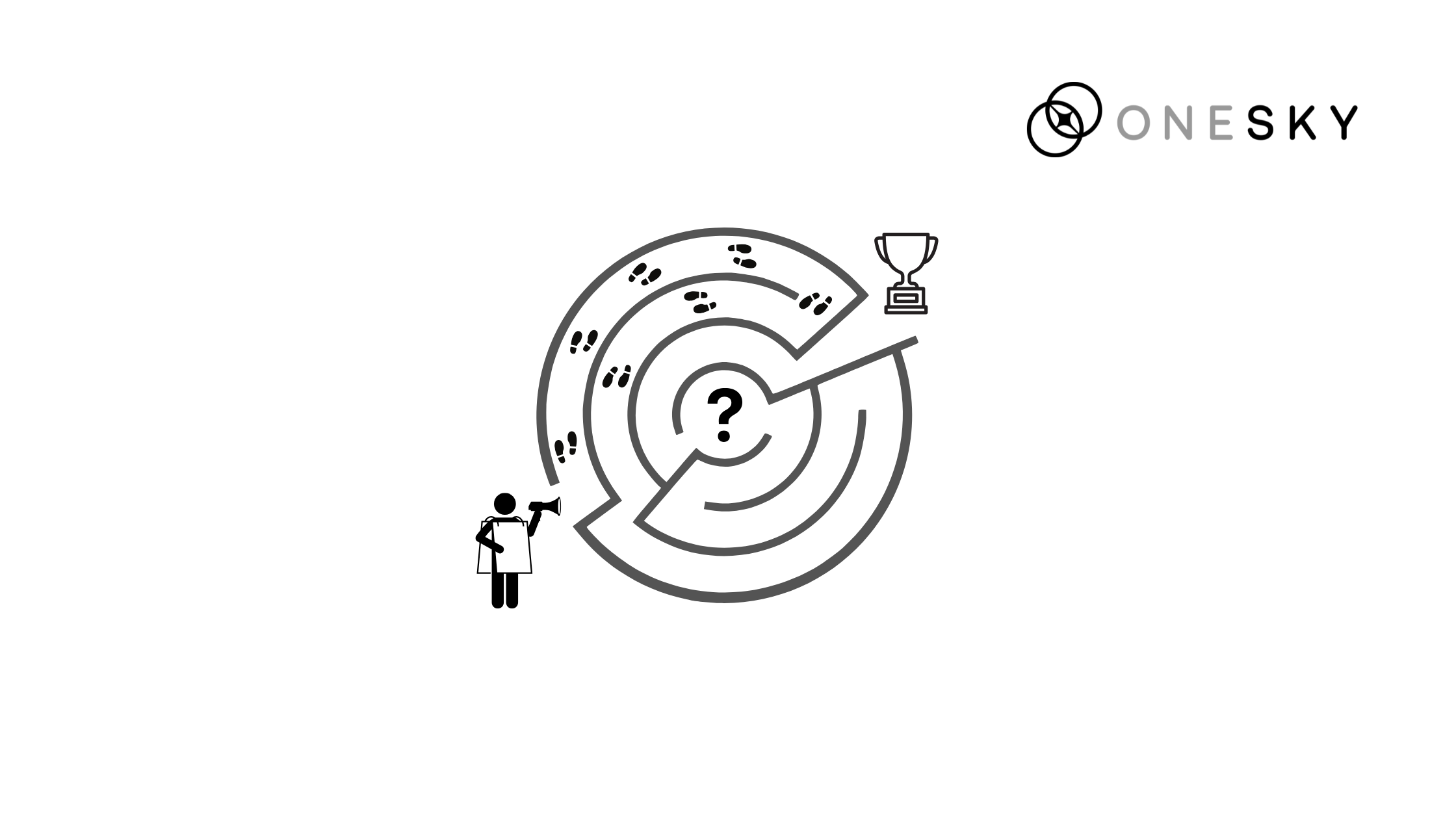
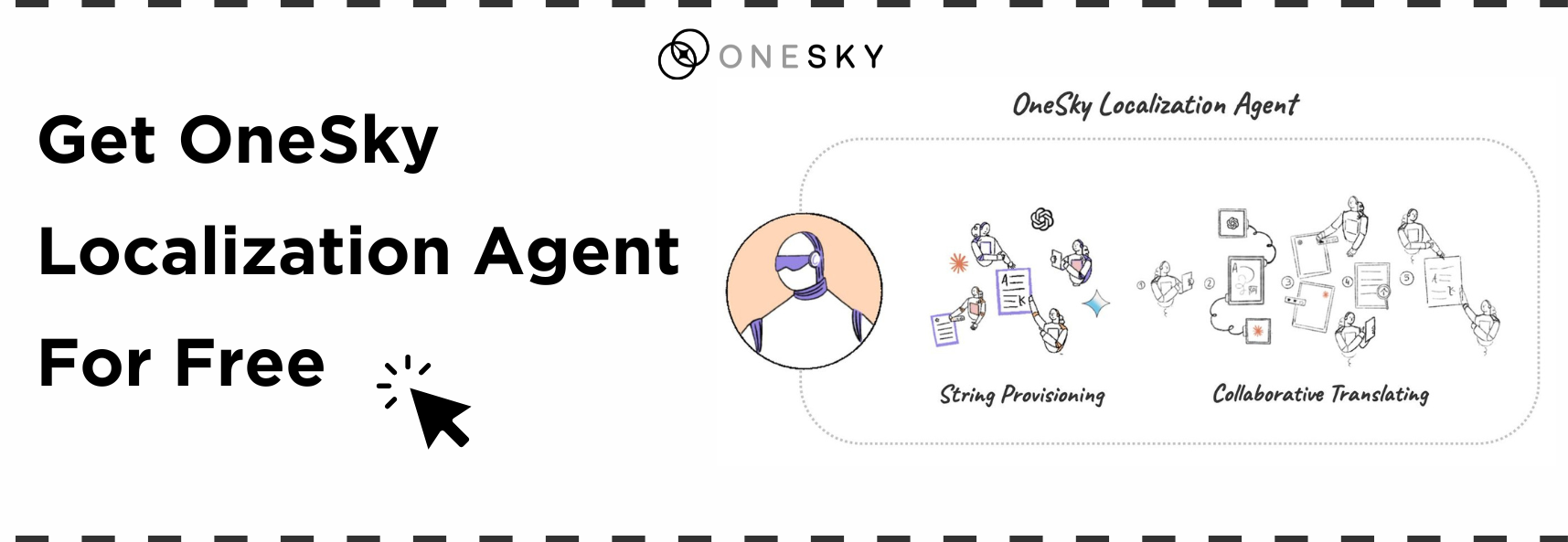

 Written by -
Written by - 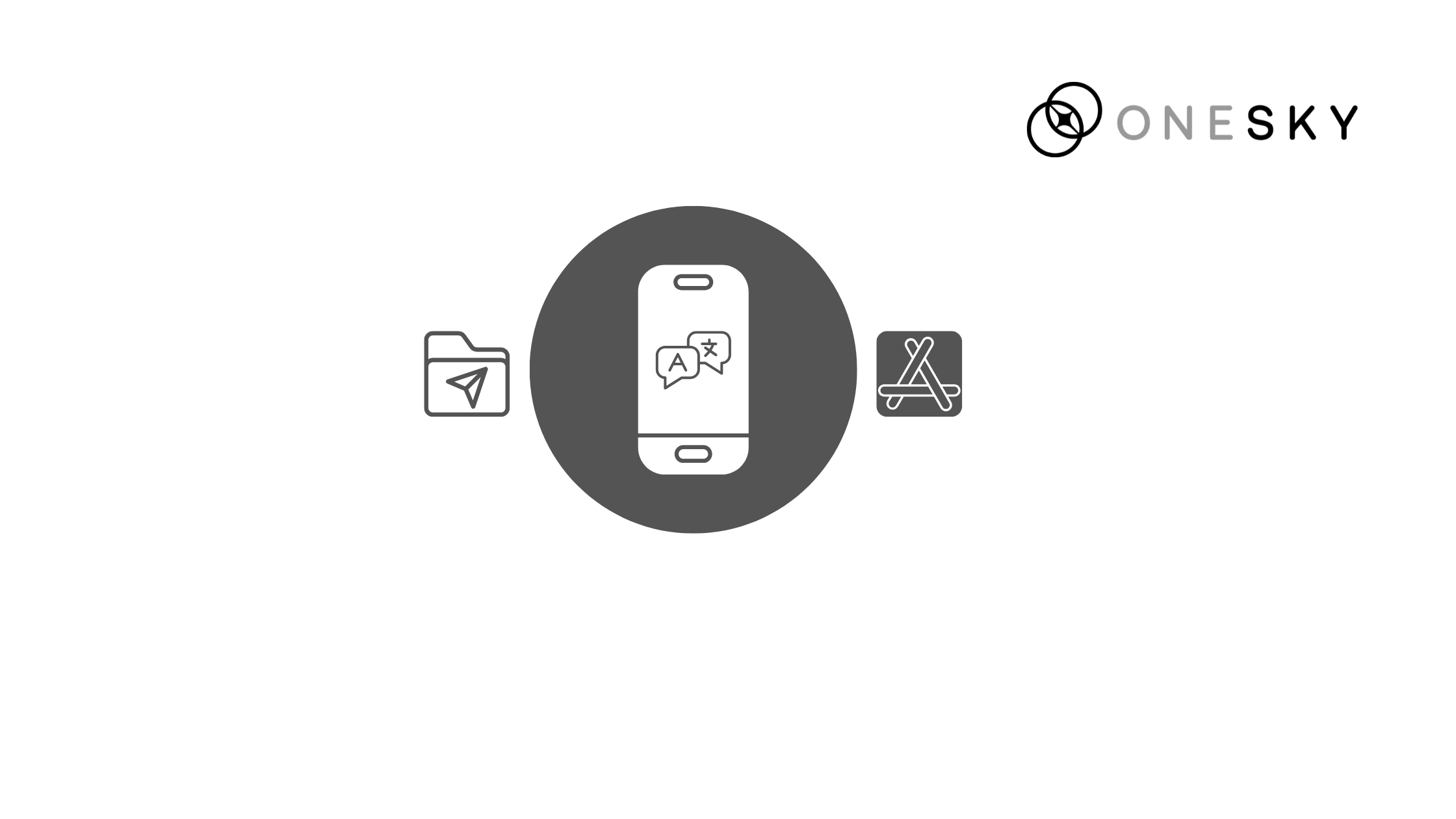

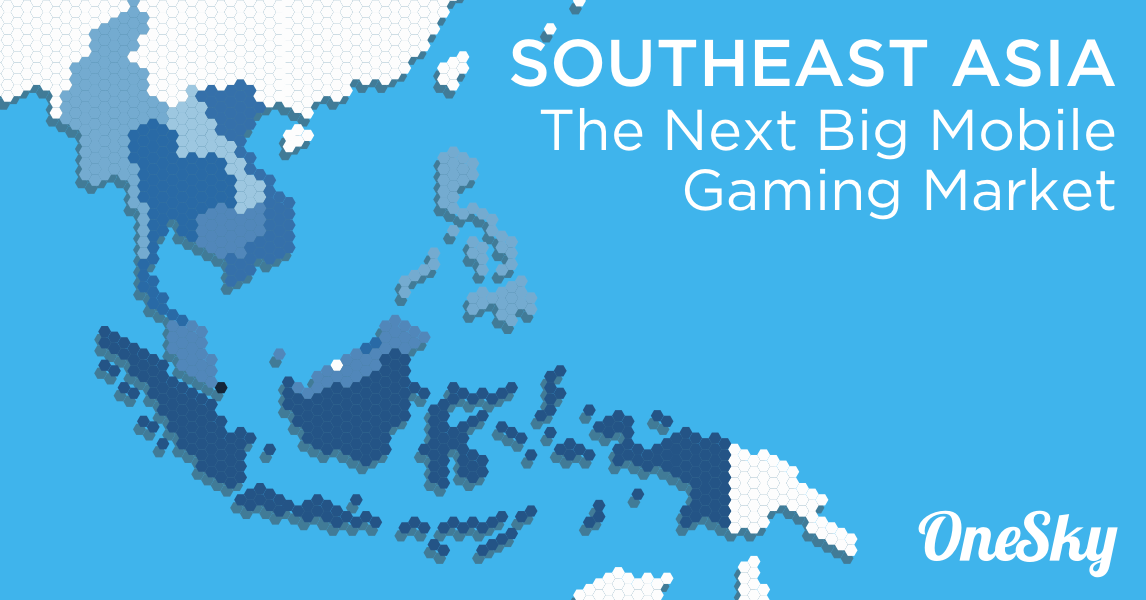
 Written by
Written by 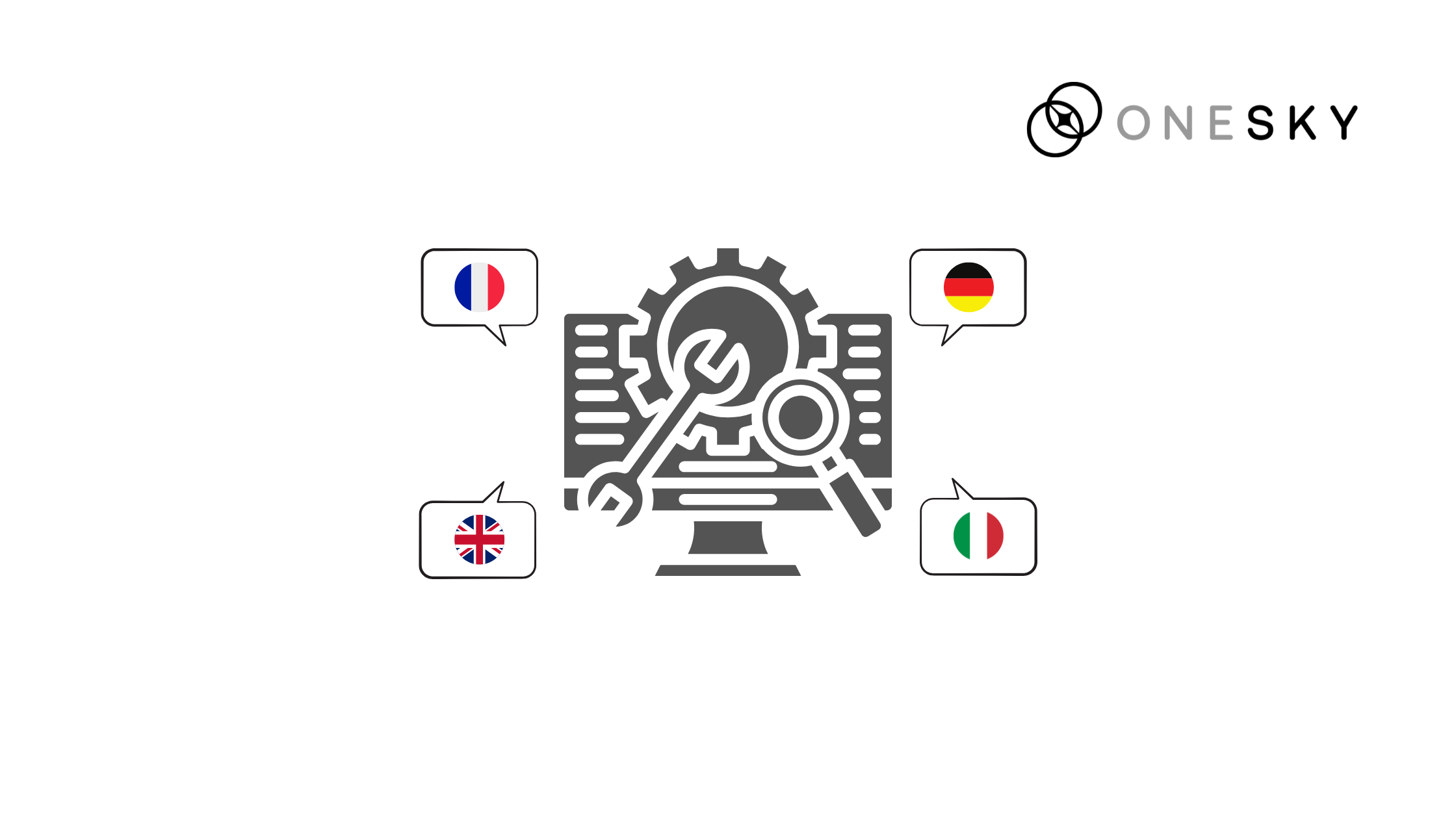
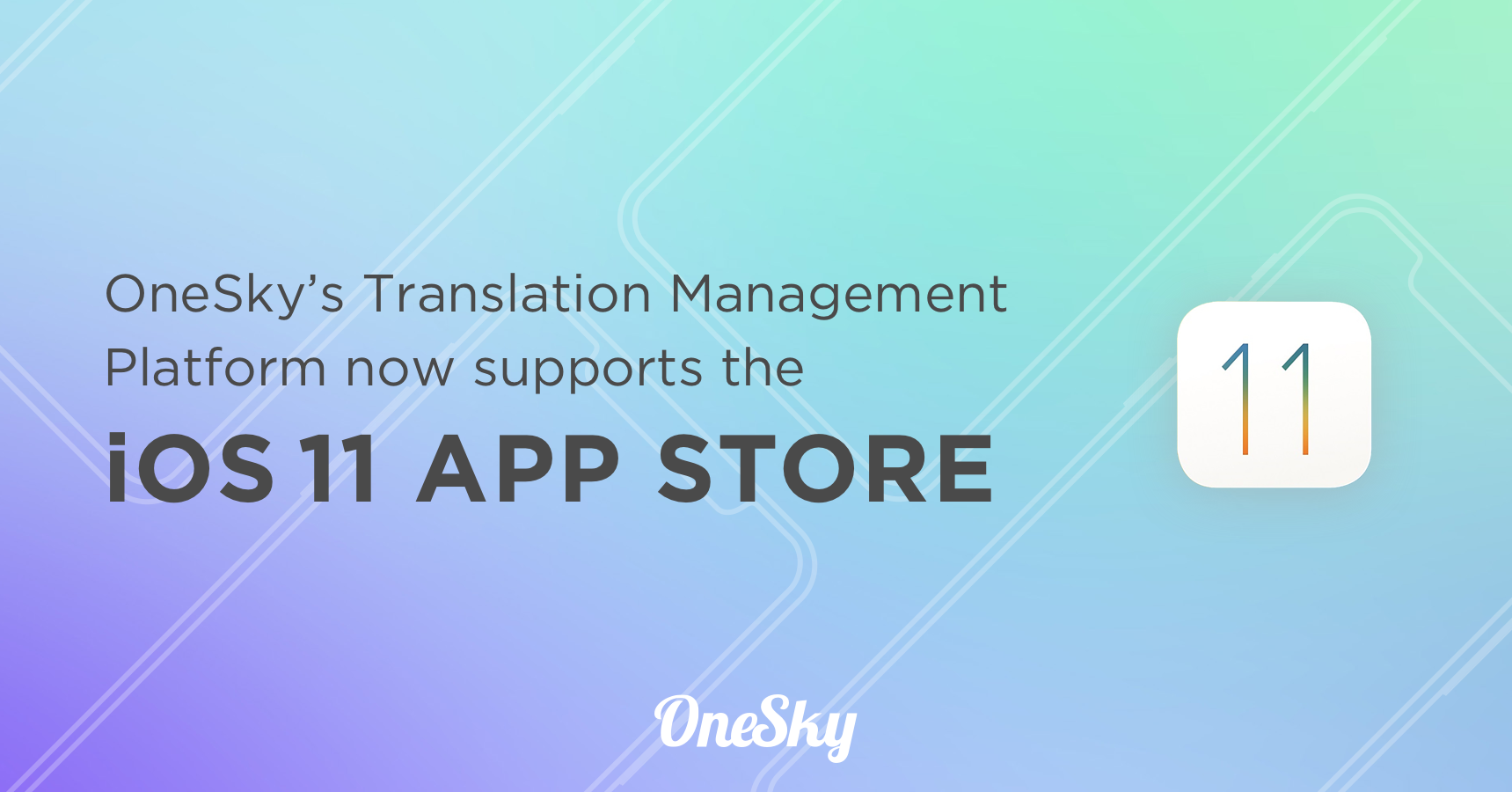
 Written by
Written by 
